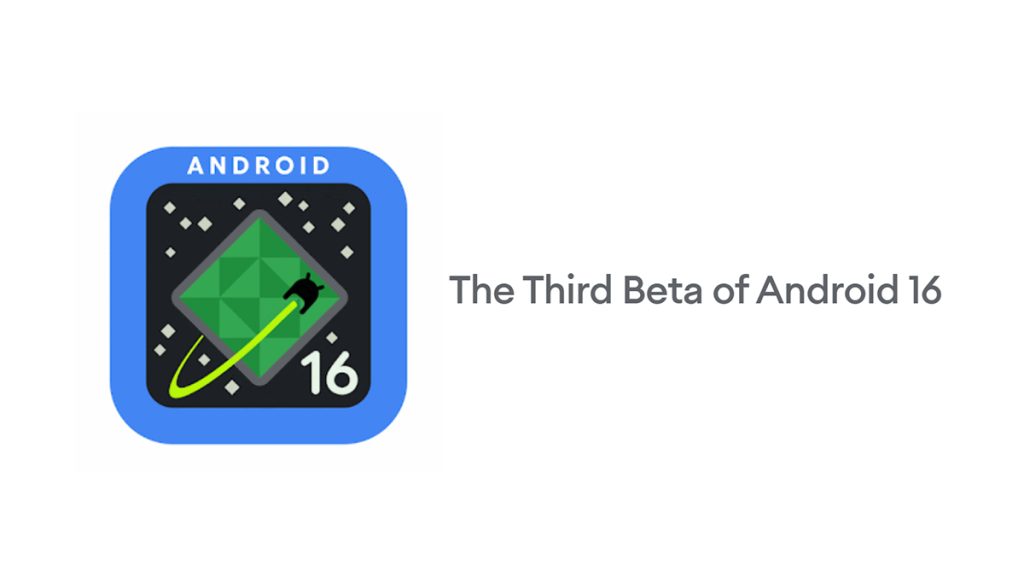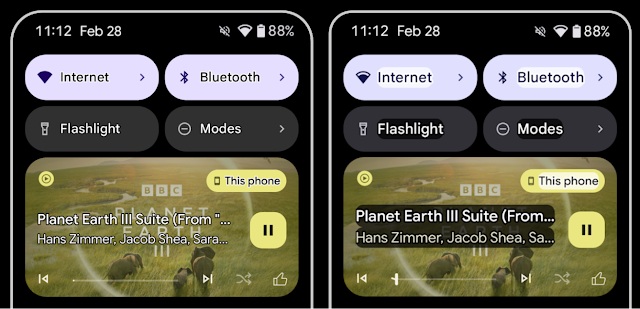

Google has begun rolling out Android 16 Beta 3 for eligible Pixel devices, following the release of Beta 2 last month. This version signifies the milestone of “Platform Stability,” as highlighted by Google. With this stage, API surfaces are locked, app-facing behaviors are final, and developers are encouraged to upload Android 16-targeted apps to the Play Store.
Matthew McCullough, VP of Product Management, Android Developer, stated, “At this late stage in the development cycle, there are only a few new things in the Android 16 Beta 3 release for you to consider when developing your apps.”


Notable Updates in Android 16 Beta 3
Auracast Broadcast Audio Support
Pixel 9 devices running Android 16 Beta 3 now support Auracast broadcast audio for compatible LE Audio hearing aids. This development builds on the LE Audio standard, enabling direct audio streaming to compatible hearing aids and earbuds in locations such as airports, classrooms, and concert venues.
Outline Text for Improved Accessibility
The introduction of “outline text” in Beta 3 replaces the previous “high contrast text” option. This feature enhances readability for users with low vision by creating a larger contrasting outline around text. Android 16 also includes new AccessibilityManager APIs to enable apps to detect or integrate this feature, particularly useful for developers using custom text-rendering methods.


Testing Local Network Protection (LNP)
Android 16 Beta 3 allows developers to test the Local Network Protection (LNP) feature, set to debut in a future major Android release.
- What’s New? Presently, any app with the INTERNET permission can access a user’s local network. With LNP, apps will require explicit permissions for this access.
- Testing LNP in Beta 3: Developers can opt-in to LNP testing with a specific adb command:
adb shell am compat enable RESTRICT_LOCAL_NETWORK <your_package_name>
Once enabled, apps attempting local network access without permissions will face socket errors like EPERM or ECONNABORTED. Developers should thoroughly test for features like device discovery, media casting, and IoT connectivity.
Matthew McCullough emphasized, “By testing and providing feedback now, you can help us build a more private and secure Android ecosystem.”
Preparing for Android 16 Compatibility
SDKs, libraries, tools, and game engines must be updated to align with Android 16. Developers are encouraged to thoroughly test apps for functional and UI issues using Android 16 Beta 3. Key behavioral updates include:
- JobScheduler: Stricter quota enforcement with the introduction of a new stop reason, STOP_REASON_TIMEOUT_ABANDONED.
- Broadcasts: Ordered broadcasts with priorities now work only within the same process.
- Intents: Enhanced security measures against Intent redirection attacks.
- 16KB Page Size: Apps not ready for a 16KB page size should migrate for optimal performance.
Additionally, upcoming changes address user experience enhancements like edge-to-edge usability and orientation adaptability for large screens.
Android 16 Release Timeline
Google plans a major Android 16 update in Q2 2025, followed by a developer API update in Q4 2025.
Matthew McCullough noted, “We’re putting additional energy into working with our device partners to bring the Q2 release to as many devices as possible.” He also emphasized Google’s continued efforts to deliver quarterly updates, ensuring quality improvements across devices.
Availability
Android 16 Beta 3 is available for the following Pixel devices:
- Pixel 6, 6 Pro, 6a
- Pixel 7, 7 Pro, 7a
- Pixel 8, 8 Pro, 8a
- Pixel 9, 9 Pro, 9 Pro XL, Pixel Pro Fold
- Pixel Tablet, Pixel Fold
Developers can also access Beta 3 through the Android Emulator in Android Studio. Current users of Android Beta 2 or the Beta program will receive an over-the-air update. Google encourages feedback via the Android Beta Feedback app on Pixel devices.
